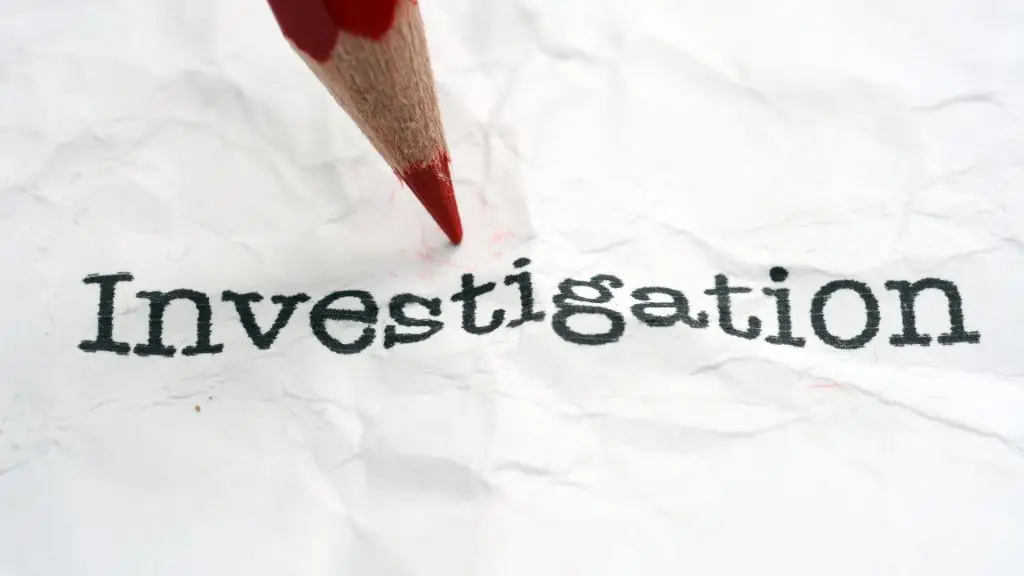Beyond Blame: The Crucial Role of Accident Investigation in a Safer Future
As a society, our immediate reaction to an accident often leans towards identifying who is at fault. While accountability certainly has its place, a far more profound and ultimately beneficial process unfolds in the aftermath of an incident: accident investigation. Often out of the public eye, these meticulous inquiries are the bedrock upon which genuine improvements in safety are built, transforming tragedy into valuable lessons for the future.
Forget the dramatic courtroom scenes often depicted in fiction. Real-world accident investigation is a systematic, often painstaking, pursuit of truth. Its primary objective is not to assign blame, but to understand why an incident occurred. This distinction is crucial, as a focus on blame can stifle cooperation and obscure the underlying systemic issues that truly contribute to unsafe conditions.
Consider the recent devastating event in Liverpool, where a car ploughed into crowds celebrating a football parade, injuring almost 80 people. While initial reports focused on the arrest of the suspected driver, a 53-year-old father-of-three, the police investigation extends far beyond simply identifying an individual. This type of complex incident necessitates a multi-faceted approach, drawing on expertise from various disciplines to understand the full picture:
- Data Collection and Preservation: From witness statements of the chaotic scene and photographic evidence of the vehicle’s trajectory to potential digital records from the car and surrounding CCTV footage, every scrap of information is carefully gathered and secured. The integrity of this data is paramount for understanding the sequence of events leading up to the impact on Water Street.
- Scene Analysis: Specialists meticulously examine the accident site, looking for clues about impact points, environmental factors like crowd density and street layout, and the precise path the vehicle took.
- Human Factors Analysis: Understanding the role of human behavior is critical. In cases like the Liverpool incident, this isn’t solely about the driver’s actions but could also involve exploring factors such as crowd control measures, visibility, or any distractions that might have contributed. This isn’t about blaming individuals, but exploring factors like fatigue, training, communication, and decision-making processes that might have influenced actions.
- Technical and Mechanical Examination: Engineers and technical experts will delve into the performance of the car itself, identifying any potential mechanical failures, braking issues, or other technical aspects that may have played a role.
- Procedural Review: Existing safety protocols for large public gatherings, road traffic management, and emergency response will be scrutinised to determine their adequacy and adherence.
The insights gleaned from this comprehensive approach are invaluable. They move beyond the superficial symptoms of an accident to unearth the root causes – those underlying failures or vulnerabilities that, if left unaddressed, could lead to similar incidents in the future. Perhaps a piece of machinery had a subtle design flaw, or a safety procedure was unclear, or communication channels within an organisation were inadequate.
However, the power of accident investigation extends beyond major incidents involving injuries or property damage. To truly foster a culture of safety, it is imperative to investigate all incidents, regardless of their severity. This includes:
- Near misses: Events where an accident could have happened but, by chance, didn’t. These “close calls” are invaluable early warning signs, often revealing weaknesses in systems or procedures before harm occurs. Ignoring a near miss is like ignoring a flickering warning light on a complex machine – it’s an invitation for a more serious breakdown.
- Minor accidents to people: Even a small cut or a bruised hand can indicate a systemic issue that, if left unaddressed, could lead to a more significant injury.
- Damage to property: A scuffed wall or a broken piece of equipment might seem inconsequential, but investigating the circumstances behind it can reveal faulty procedures, inadequate training, or unsafe equipment that poses a greater risk down the line.
By meticulously investigating these seemingly minor events, organisations and authorities can identify trends, anticipate potential hazards, and implement corrective actions proactively. This proactive approach is the hallmark of effective safety management.
The recommendations that emerge from these inquiries are not punitive; they are preventative. They lead to:
- Improved safety protocols and procedures: Strengthening weaknesses identified in existing guidelines for public events, traffic management, and workplace operations.
- Enhanced training programmes: Addressing gaps in knowledge or skills among personnel responsible for crowd safety, emergency response, or specific tasks.
- Technological advancements: Driving innovation in vehicle safety systems, traffic control mechanisms, or equipment design.
- Regulatory adjustments: Influencing policy changes to create a safer environment for everyone attending public gatherings, travelling on roads, or working in various industries.
In essence, accident investigation acts as a continuous feedback loop for safety. Each incident, no matter how minor, presents an opportunity to learn, adapt, and improve. By embracing a culture of thorough, objective inquiry – encompassing everything from near misses to major incidents – we move closer to a future where accidents are not just reacted to, but actively prevented. It’s a quiet, methodical process, but its impact on our collective safety is profound and enduring. So, the next time you hear of an incident, remember that beyond the immediate headlines, dedicated professionals are working to unravel its complexities, ensuring that lessons are learned and lives are saved.
#AccidentInvestigation #SafetyCulture #RootCauseAnalysis #IncidentInvestigation #LearningFromIncidents #RiskManagement
#SystemicSafety #ProactiveSafety #HumanFactors #PublicSafety #WorkplaceSafety #CrowdManagement #RoadSafety
#HealthAndSafety #SafetyEngineering #SafetyLeadership #EmergencyPreparedness #SafetyStandards
Contact us for informal chat or email in**@**************al.com
Subscribe for Essential Updates for a Healthier Workplace – delivers the latest insights, best practices and regulatory updates. Subscribe Here



